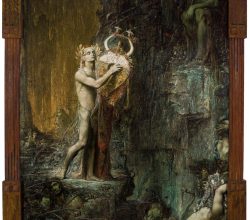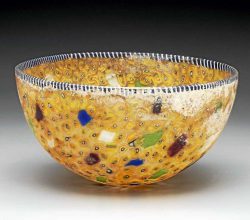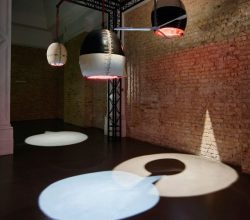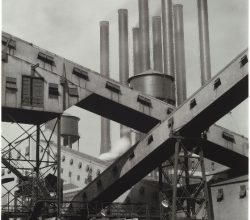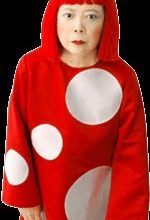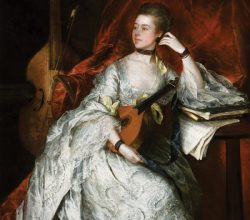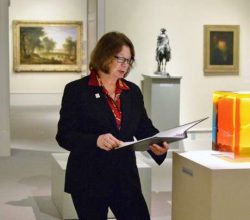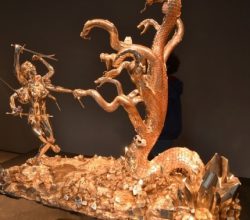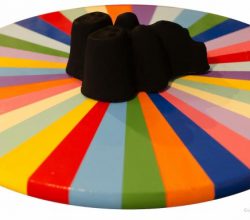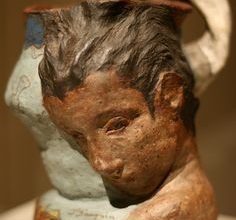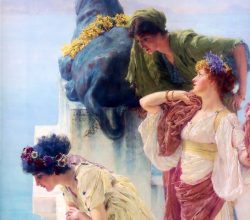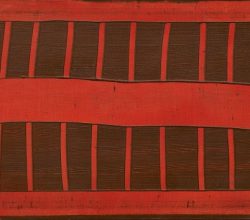
Mary Heilmann’s New Dia Show Places Her among the (Male) Icons of Minimalism
Hillarie Sheets | Artsy | 30th June 2017
Being a female ceramicist was not a promising start for an aspiring artist in 1960’s New York. Heilmann shifted to equally unfashionable painting and while she wasn’t ignored, she wasn’t celebrated either. That is now changing. “The unassuming quality of her work lulls you in and then you realize all the quirks and careful counterbalancing that take place within the geometric and color combinations.” A short video (4 min) is here.

